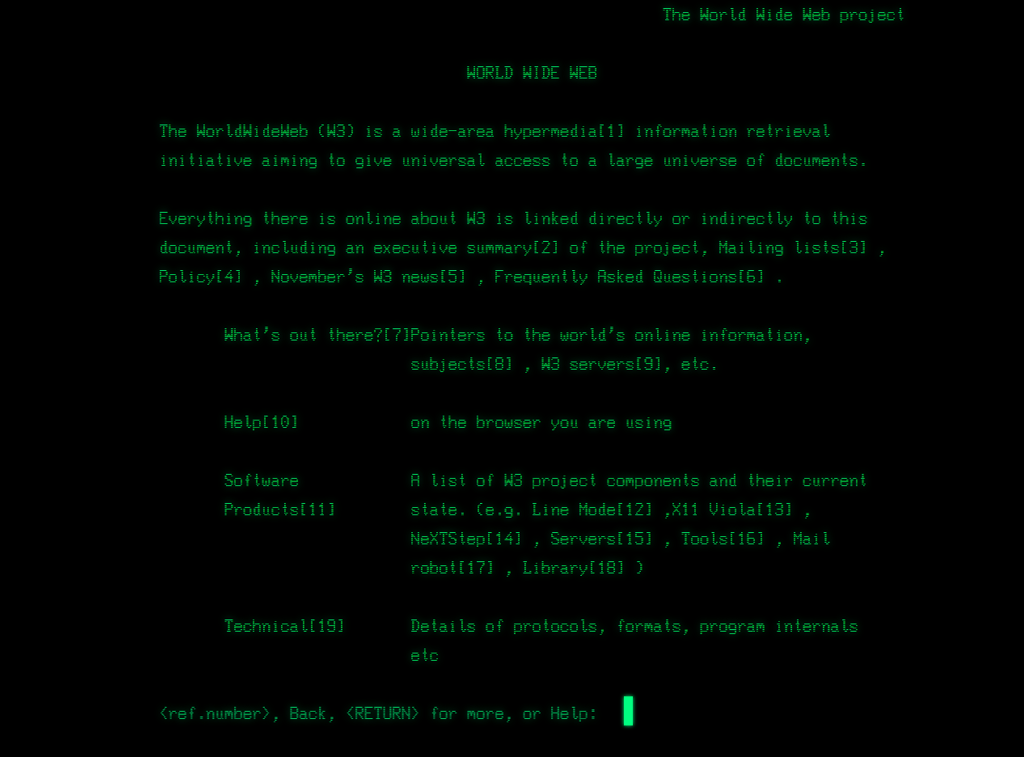
The Invention of the Internet: A Historical Overview
The internet stands as one of the most transformative inventions of the 20th century, reshaping global communication, commerce, and daily life. Our latest blog post delves into the rich history and development of this groundbreaking technology, tracing its origins from early visionary concepts to the modern digital age. Key Highlights: Early Visionaries: Explore the pioneering ideas of J.C.R. Licklider and his concept of an "Intergalactic Computer Network," which laid the groundwork for future innovations. ARPANET: Learn about the creation of ARPANET in the late 1960s, the first operational packet-switching network that served as a prototype for the internet. TCP/IP Protocol: Understand the significance of the Transmission Control Protocol/Internet Protocol (TCP/IP), developed by Vinton Cerf and Robert Kahn, which became the foundation for modern internet communication. World Wide Web: Discover how Tim Berners-Lee's invention of the World Wide Web in 1989 revolutionized internet accessibility and usability, making it a household necessity.
Matt Davis
3 min read



Introduction
The internet is arguably the most transformative invention of the 20th century, reshaping how we communicate, access information, and conduct business. While many attribute its creation to the late 20th century, the story of the internet begins much earlier, rooted in the collaborative efforts of visionaries, scientists, and engineers. This is the true story of how the internet came to be.
The Early Visionaries
The seeds of the internet were planted in the 1960s during the Cold War. Fear of a nuclear attack spurred the U.S. Department of Defense to seek a way to maintain communication in the event of a crisis. This led to the creation of the Advanced Research Projects Agency (ARPA), which funded pioneering research in networking technologies.
One of the earliest visionaries was J.C.R. Licklider, a psychologist and computer scientist who, in 1962, conceptualized an "Intergalactic Computer Network." Licklider envisioned a globally interconnected set of computers through which everyone could quickly access data and programs from any site. His ideas laid the groundwork for what would become the internet.
ARPANET: The Prototype
In 1969, the first tangible step towards creating the internet was achieved with the development of ARPANET (Advanced Research Projects Agency Network). ARPANET was the world's first operational packet-switching network, which allowed multiple computers to communicate on a single network.
The first message sent over ARPANET was a simple "LO," intended to be "LOGIN." The system crashed before the full message could be transmitted, but it marked the beginning of networked communication. By the end of 1969, ARPANET connected four universities: UCLA, Stanford, UC Santa Barbara, and the University of Utah.
The Birth of TCP/IP
As ARPANET grew, it became clear that a standard communication protocol was needed to ensure compatibility among the various networks. This led to the development of the Transmission Control Protocol/Internet Protocol (TCP/IP) by Vinton Cerf and Robert Kahn in the 1970s. TCP/IP provided a standardized way for computers to communicate over networks, allowing different networks to connect seamlessly.
On January 1, 1983, known as "Flag Day," ARPANET adopted TCP/IP, effectively creating the modern internet. This transition allowed for the rapid expansion and interconnection of networks globally, laying the foundation for the internet as we know it.
The World Wide Web
While the foundational technologies of the internet were established, it was the development of the World Wide Web (WWW) that brought the internet into mainstream use. In 1989, Tim Berners-Lee, a British scientist at CERN, proposed an information management system that would enable the sharing of information over the internet through a simple user interface.
Berners-Lee developed the first web browser, WorldWideWeb (later renamed Nexus), and the first web server, httpd. In 1991, the first website, http://info.cern.ch, was launched, explaining the basics of the World Wide Web. The introduction of the web browser made the internet accessible to the general public, revolutionizing how information was accessed and shared.
The Dot-Com Boom and Beyond
The 1990s saw the rapid commercialization of the internet, leading to the dot-com boom. Companies recognized the potential of the internet for commerce, communication, and information sharing, resulting in an explosion of internet-based businesses. By the mid-1990s, internet service providers (ISPs) like AOL and CompuServe brought internet access to millions of households.
The late 1990s and early 2000s witnessed the rise of tech giants like Amazon, Google, and eBay, which capitalized on the internet's capabilities to transform commerce and information retrieval. Despite the dot-com bubble burst in 2000, the internet continued to grow and evolve, driven by innovations in broadband, wireless technology, and mobile computing.
The Internet Today
Today, the internet is an integral part of daily life for billions of people worldwide. It has transformed communication, education, entertainment, and commerce. Social media platforms, streaming services, and e-commerce sites dominate the digital landscape, while advancements in cloud computing, artificial intelligence, and the Internet of Things (IoT) continue to push the boundaries of what the internet can achieve.
The internet's story is one of collaboration, innovation, and relentless pursuit of connectivity. From its humble beginnings as a military project to its current status as a global necessity, the internet remains a testament to human ingenuity and the power of interconnectedness.
Conclusion
The invention of the internet is a story of visionary thinkers, groundbreaking technologies, and relentless innovation. It is a story that continues to unfold, shaping our world in ways we could never have imagined. As we look to the future, the internet's potential to connect, inform, and transform remains boundless, reflecting the limitless possibilities of human creativity and collaboration.
Stay tuned to UnintendedTruth.com for more in-depth stories and revelations about the technologies and innovations that shape our world.



Unintended Truth
A production by OMGWTF — probably not a real company, but who’s checking?
Also by OMGWTF: WTFNow.uk
View OMGWFT Disclaimer
Expand
Discover
contact@unintendedtruth.com
© 2025 OMGWTF — All errors reserved.
Please consider making a donation so we can continue our investigations
